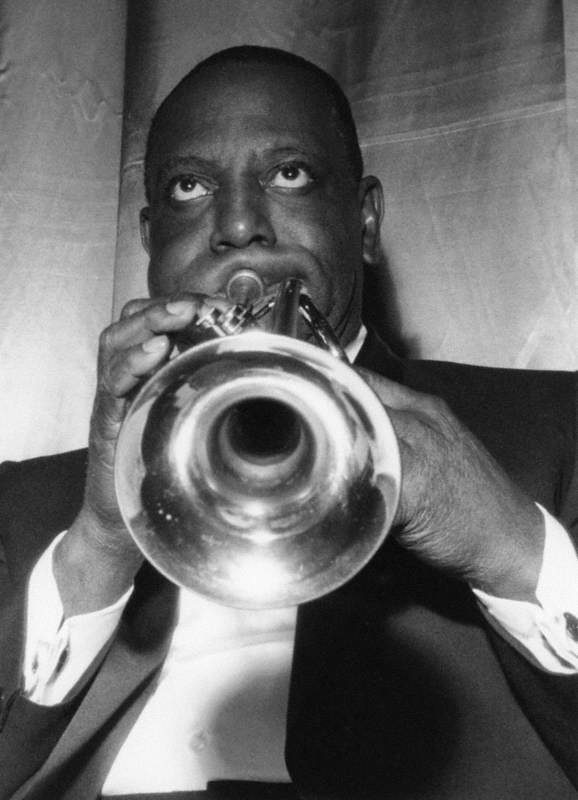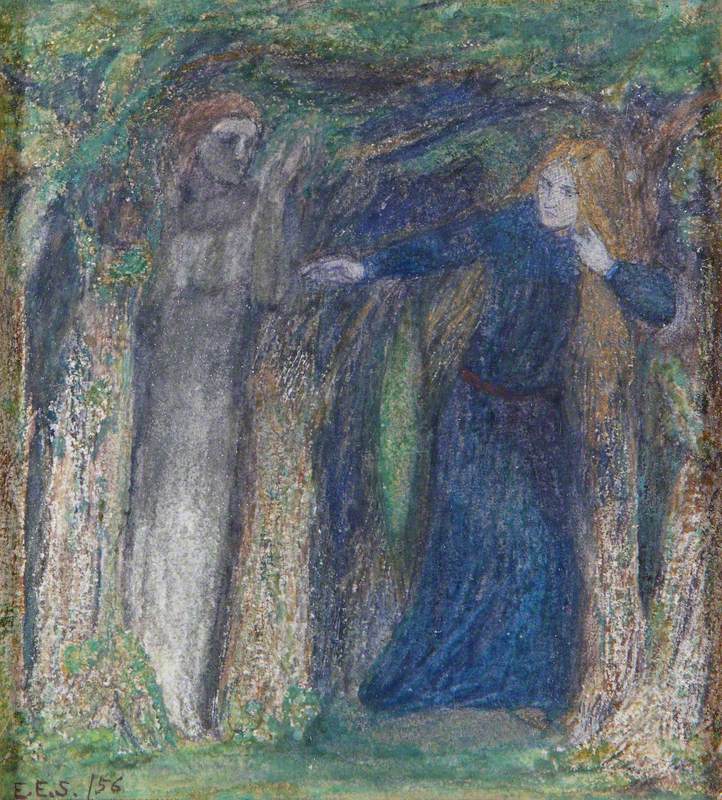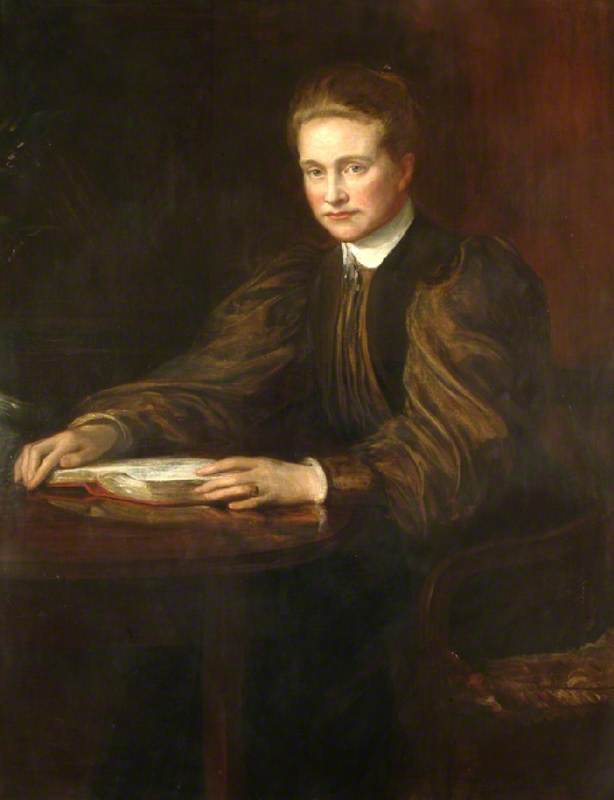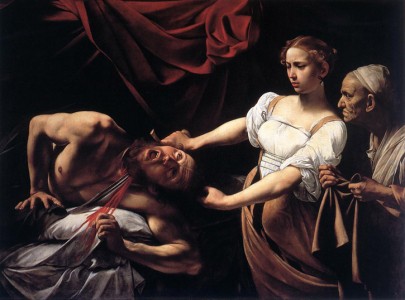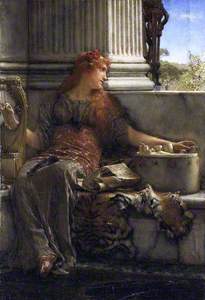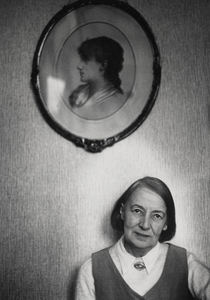In 2019, I began editing She Will Soar: Bright, Brave Poems about Escape and Freedom by Women, a second volume of poetry by women to follow She is Fierce. The theme I had settled on was freedom and escape, to express the fact that poetry can take you anywhere – in a few lines, we can be galloping over the Yorkshire moors with breathless Brontës, or visiting distant, mysterious, and even imaginary lands.
In spring 2020, as I continued to gather the poems, the country – and the world – locked down in the face of an unprecedented pandemic. Suddenly, poems full of wanderlust and yearning for freedom felt newly resonant. Nobody could go anywhere, except through the pages of a book and their own imagination. I also missed the country's wonderful galleries and regretted not visiting more often. While researching the amazing writers included in the anthology – I include all their biographies in the book – I was delighted to find images of some of them on the Art UK website.
Lady Mary Wortley Montagu
Lady Mary Montagu (1689–1762) was, briefly, married to the British Ambassador to the Ottoman Empire. Her letters and the verses she wrote in Constantinople – now Istanbul – give a fascinating insight into the city, including the Turkish baths and Sultan's harem, in which the ingenious Mary managed to learn political secrets her husband couldn't access.
Lady Mary Pierrepont, Later Wortley Montagu
1710
Godfrey Kneller (1646–1723) (after) 
She pioneered the use of the smallpox vaccination then popular among the Ottomans by volunteering her young children as subjects, though Edward Jenner – who popularised immunisation nearly eight years later – gets all the credit in the history books. This gorgeous painting of a pensive young Mary is after Godfrey Kneller.
Anna Seward
Anna Seward (1742–1809) lived most of her life in the Bishop's Palace of Lichfield Cathedral, where her father, Thomas Seward, had served as Canon. Thomas had written in favour of female education, and he ensured Anna was taught to a high standard at home – she could, apparently, recite poems by Milton at the tender age of three.
Anna went on to become one of the most prominent writers of her day, publishing successful poetry collections and writing for periodicals, often engaging in furious disputes with other writers, including James Boswell. She was critical of the institution of marriage and remained single, though she formed passionate attachments to women including her foster sister, Honora Sneyd, to whom she addressed several poems.
Phillis Wheatley
Phillis Wheatley (c.1753–1784) was seized from West Africa and sold into slavery in the household of John Wheatley in Boston aged only seven. The Wheatleys did not excuse her from domestic work but they did ensure that she was well educated, and she began to write and publish poetry in her teens. Phillis always enjoyed greater success in England than in America, and she visited London and met dignitaries including Benjamin Franklin in 1771.
After the Wheatleys died, Phillis married a free black man called John Peters, but in the harsh job market following the American Civil War, they descended into poverty. She died, along with their last surviving child, while John was languishing in a debtor's prison, though she never stopped writing and endeavouring to publish her work.
Anna Letitia Barbauld
Anna Letitia Barbauld (1743–1825) badgered her father to teach her languages, the classics and other things not considered necessary for a woman's education – much to her mother's consternation, as she thought her bookishness would put off potential husbands. She was wrong – Anna had offers from several men including, it is thought, French revolutionary Jean-Paul Marat.
The man she chose was, tragically, deeply disturbed and became violent, once chasing her around the kitchen with a knife until she leapt out of the window. He was institutionalised, but escaped and was discovered drowned, and Anna was distraught.
Her glittering literary career saw her hobnobbing with the foremost writers of her day, producing poems, political essays, criticism and children's literature dedicated to her nephew, Charles, whom she had adopted as her own.
Portraits in the Characters of the Muses in the Temple of Apollo
1778
Richard Samuel (d.1787) 
Praised as one of the nation's greatest writers during her lifetime, her reputation suffered in the following centuries and she was remembered – if at all – as a children's writer until rediscovered by feminist scholars in the late twentieth century. Anna is one of the figures standing behind the easel in this painting, in which Richard Samuel depicted the leading 'Bluestockings', or female intellectuals, of the eighteenth century as the nine Muses.
Emily Wilding Davison
Emily Wilding Davison (1872–1913) was one of the most active and militant of the suffragettes. When peaceful campaigning had no effect, she turned to fierce action to fight for women's votes, from smashing windows and setting fire to post boxes to hiding overnight in the Houses of Parliament. She was imprisoned and barbarically force-fed on numerous occasions.
Her motive for running onto the racetrack during the Epsom Derby in June 1913 is unknown. She may have meant to attach a suffragette flag to one of the horses, but George V's horse trampled her and she later died of her injuries. Her coffin was accompanied by battalions of suffragettes and their supporters at every stage of its journey from Epsom to her final resting place of Newcastle.
'L'Envoi' was published in Holloway Jingles, a collection of verses written by suffragettes incarcerated in Holloway prison in 1912, smuggled out and published by the Glasgow branch of the Women's Social and Political Union. This proud statue by Ray Lonsdale in Carlisle Park, Northumberland, commemorates Emily.
Edith Sitwell
Born into an upper-class Yorkshire family, Edith Sitwell (1887–1964) herself claimed that she was 'more alive than most people'.
She was a forceful and outspoken personality, often decked out in enormous jewellery and dressed like her heroine Elizabeth I, and her poetry was original and mould-breaking.
She also wrote history and criticism and some of her poems, including the famous Second World War poem 'Still Falls the Rain', were set to music. Her poetry recitals were always dramatic occasions – some recordings of them survive – and she toured America in the 1940s. I love this atmospheric painting of her by Wyndham Lewis.
Katherine Mansfield
Born in Beauchamp in Wellington, New Zealand, Katherine Mansfield (1888–1923) is better known as a writer of short stories than as a poet.
Katherine Mansfield (1888–1923)
1917
John Herbert Folker (1861–1936) 
A passionate and, by all accounts, occasionally difficult character, her love-life was rather complicated: while pregnant with the child of another man, she married her much older music teacher, only to abandon him days later. Rushed away to Germany by her scandalised mother, she suffered a stillbirth.
Katherine Mansfield
1916–1917, vintage snapshot print by Lady Ottoline Morrell (1873–1938)

Her relationship with her second husband, John Middleton Murry, was more affectionate by letter than in person. The presence of Ida Baker – the woman she called her 'wife' – was presumably a bone of contention. She died of tuberculosis aged only 34.
Stevie Smith
Christened Florence, Stevie Smith (1902–1971) got her nickname from the jockey Steve Donoghue because she was so small. She was mostly brought up by her beloved, fiercely independent aunt (whom she nicknamed 'Lion') and remained single, observing that marriage looked rather tiring. Stevie published poems illustrated with her own quirky doodles and rather autobiographical novels in which friends – including George Orwell, with whom she may have had an affair – thought they recognised themselves.
She was fascinated by death and religion, and her lively readings won her fans including Sylvia Plath, who called herself a 'desperate Smith-addict'. Though she often suffered from ill health and sadness, she had a mischievous sense of dark humour that shines through her poems. I love this lively picture of Stevie, which expresses that sense of fun.
Sylvia Plath
Sylvia Plath (1932–1963) was fiercely ambitious and worked tirelessly on her poetry. She attempted suicide in 1953 and her experiences recovering in a clinic inspired her only novel, The Bell Jar.
In 1956 she met poet Ted Hughes while studying at Cambridge University, and legend has it she bit his face. He wasn't put off: they married and had two children, but she struggled to find time to write with young children to care for and a house to run, and her career stalled while his took off.
The relationship broke down and a distraught Plath plunged into a creative frenzy, getting up at dawn to write the furious poems for which she is best remembered. She took her own life during the freezing February of 1963. Her first poetry book had appeared in 1960 and 'Ariel', the collection that cemented her extraordinary reputation, appeared two years after her death.
Ted Hughes (1930–1998) and Sylvia Plath (1932–1963)
1956
Harry Ogden (1916–1998) 
Carol Ann Duffy
Carol Ann Duffy (b.1935) was born in Glasgow. She grew up in Stafford and then attended the University of Liverpool, where she studied Philosophy. She has written for both children and adults, and her poetry has received many awards, including the Signal Prize for Children's Verse, the Whitbread and Forward Prizes, as well as the Lannan Award and the E. M. Forster Prize in America.
Carol Ann was Britain's Poet Laureate from 2009 to 2019, the first woman, the first Scottish-born poet and the first LGBTQ+ poet to hold the position. In 2012 she was awarded the PEN Pinter Prize and in 2015 she was awarded a DBE for services to poetry.
Ana Sampson, author
She is Fierce: Brave, Bold and Beautiful Poems by Women and She Will Soar: Bright, Brave Poems about Escape and Freedom by Women are published by PanMacmillan. You can sign up for Ana's newsletter on her website.
'She Is Fierce' and 'She Will Soar'
edited by Ana Sampson (2018 and 2020) 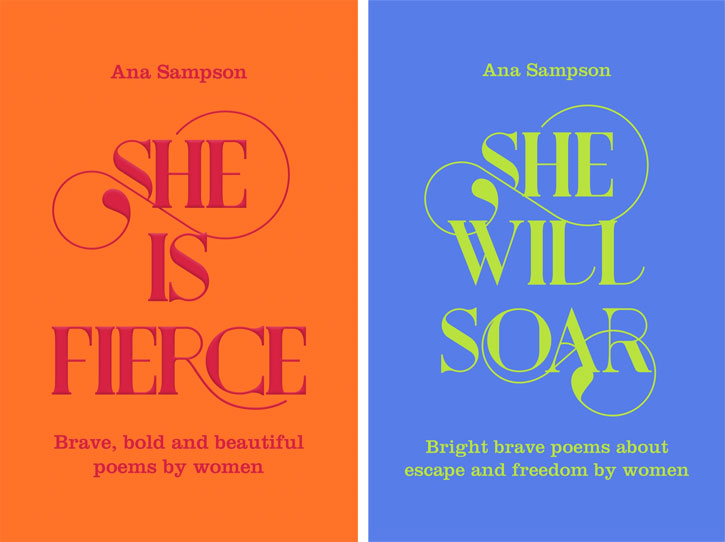


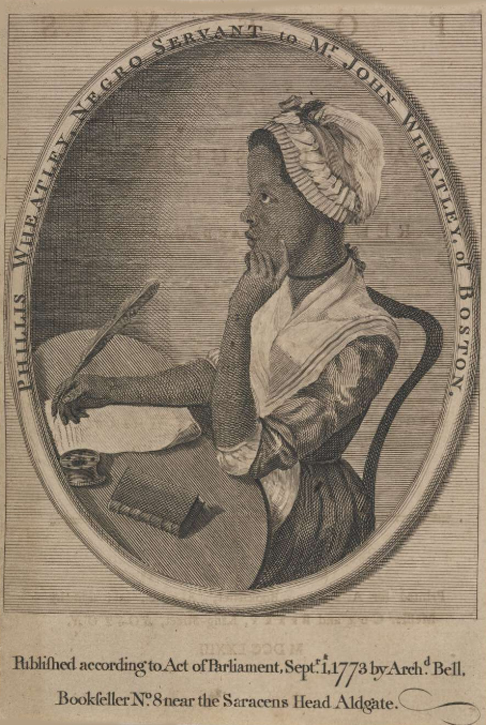
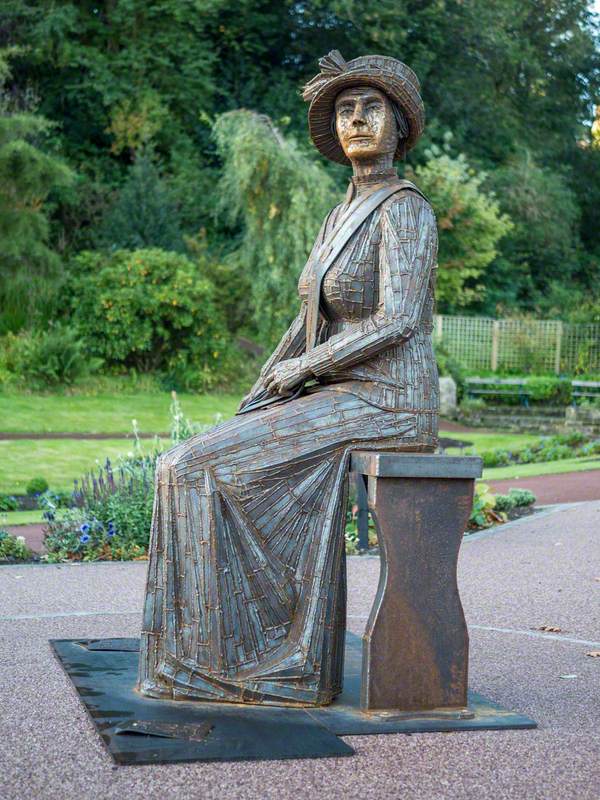





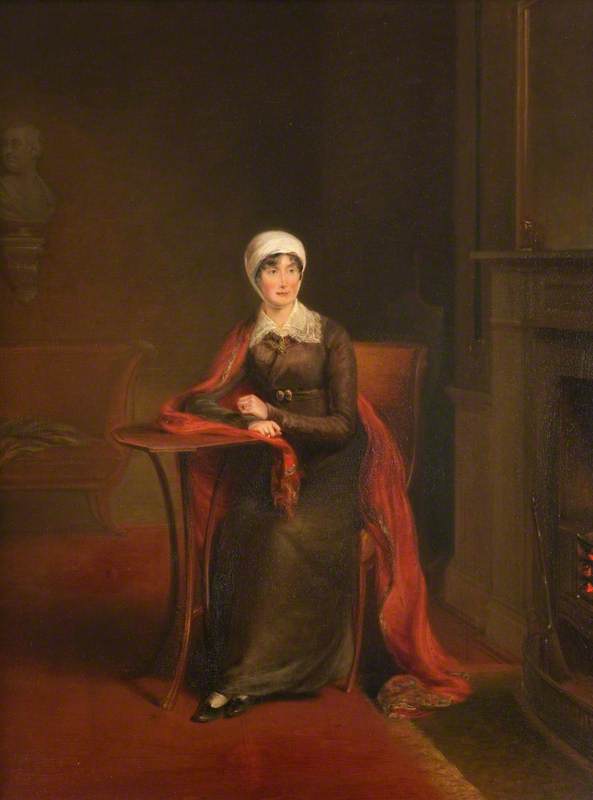

.jpg)





